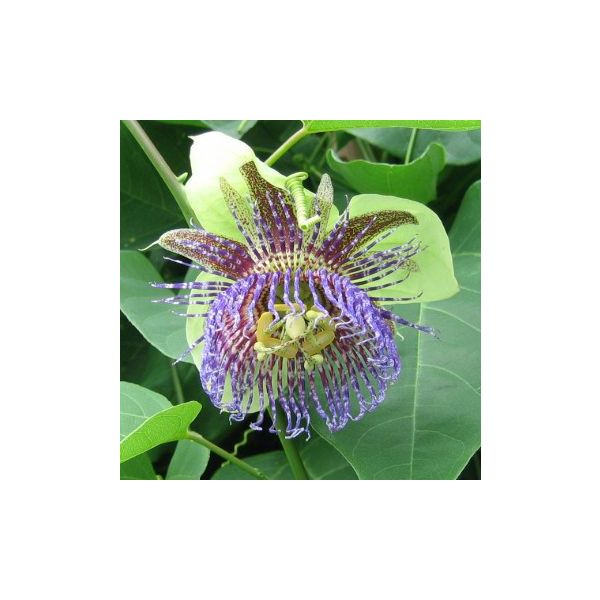Passiflora Maliformis Seeds (Sweet Calabash Seeds)
Passiflora Maliformis Seeds (Sweet Calabash Seeds)
Tropical vine with sweet, apple-like fruit and fragrant flowers, perfect for trellises and edible gardens.

Delivery
All orders shipped with UPS Express.
Always free shipping for orders over US $250.
All orders are shipped with a UPS tracking number.
Returns
Items returned within 14 days of their original shipment date in same as new condition will be eligible for a full refund or store credit.
Refunds will be charged back to the original form of payment used for purchase.
Customer is responsible for shipping charges when making returns and shipping/handling fees of original purchase is non-refundable.
All sale items are final purchases.
Help
Give us a shout if you have any other questions and/or concerns.
Email: contact@domain.com
Phone: +1 (23) 456 789
Availability: In stock
SKU
Passiflora Maliformis
Passiflora maliformis, also called Sweet Calabash is native to the Carribean and Central America and widely cultivated in the West Indies. It climbs by means of clinging tendrils and can be kept as an container plant. The long tendrils need lots of support for climbing. It may be grown as a houseplant in a sunny South-facing window.
The flowers are fragrant, 3 inches long, with purple, red and white speckled petals. The very exotic, fragrant blooms appear from June to November. The floral bracts are large, 3-parted, nearly enclosing the flower. Leaves alternate, ovate-elliptical, up to 15 cm long or more and 8 cm wide.
The flowers are followed by delicious, sweet, juicy, aromatic yellowish green fruits, 3.5 - 4 cm in diameter, with a grape-like flavour. The rind is particularly hard, and tougher than most Passion Fruits.
Pruning is a must to keep the vine healthy. Prune off less vigorous growth and occasionally prune back vigorous growth to promote flowering. When established, and without care, the passion fruit can easily overtake other garden plants, shading them from sun.
Hardiness zone 10, (1øC/35øF) in Winter. Grows best in somewhat cooler than tropical climates. Keep the atmosphere humid through the Summer and place in full sun, can tolerate partial shade.
You may need to water your plants on a daily basis during the hottest Summer months. During the Winter the roots should be kept moist, but as growth will be much slower you will probably only need to water once a week, depending on growing temperature. It will do best in a loam based mix with a little peat moss. Fertilize at least once every two weeks in the growing season.
If their pot is too large or if they have an unrestricted root run then the whole plant will simply get bigger and bigger but it will refuse to flower and therefore produce the fruits. By limiting the pot size you are limiting the ability to grow and this is seen as a threat, so the natural mechanism is to produce seed for the next generation. A suitably sized pot for an adult plant would generally be of 12 inches in diameter.
| Common name | Sweet Calabash |
|---|---|
| Species | Passiflora maliformis |
| Germination | Soak seed in warm water for 24 hours before sowing, in a good seed compost at 1/4" deep. For Passiflora seeds, instead of using water you can use a high pulp fruit juice such as passion fruit juice or orange juice. The acid in these juices will soften the shell and speed up germination. Keep damp soil, not soaking wet. Keep pot in warm situation 20øC/68øF, 24øC/75øF. Cover the top of the pot with clear plastic so the humidity will remain high. When you see some tiny plants starting to sprout, slowly open the top of the pot, a little each day, so that the new seedlings don't go into shock from the humidity being lowered too quickly. Germination of Passiflora can occur in weeks or take several months. If you want to speed up germination, you can use the bottom heat technique, but it isn't a must. |
| Scarification / Stratification | If your home is on the low side of 70§F, your seeds will benefit from bottom heat. Give warmth from underneath to stimulate early growth, and to help seeds to germinate. The ideal situation is to maintain the soil temperature at 70§F. For this, you use an electric soil warming cable kit, or a heating mat that goes under your flats; or any other source of heat. With the proper temperature, you will cut by 2 or 3 the germination time. |
| Price View | Price Range |

